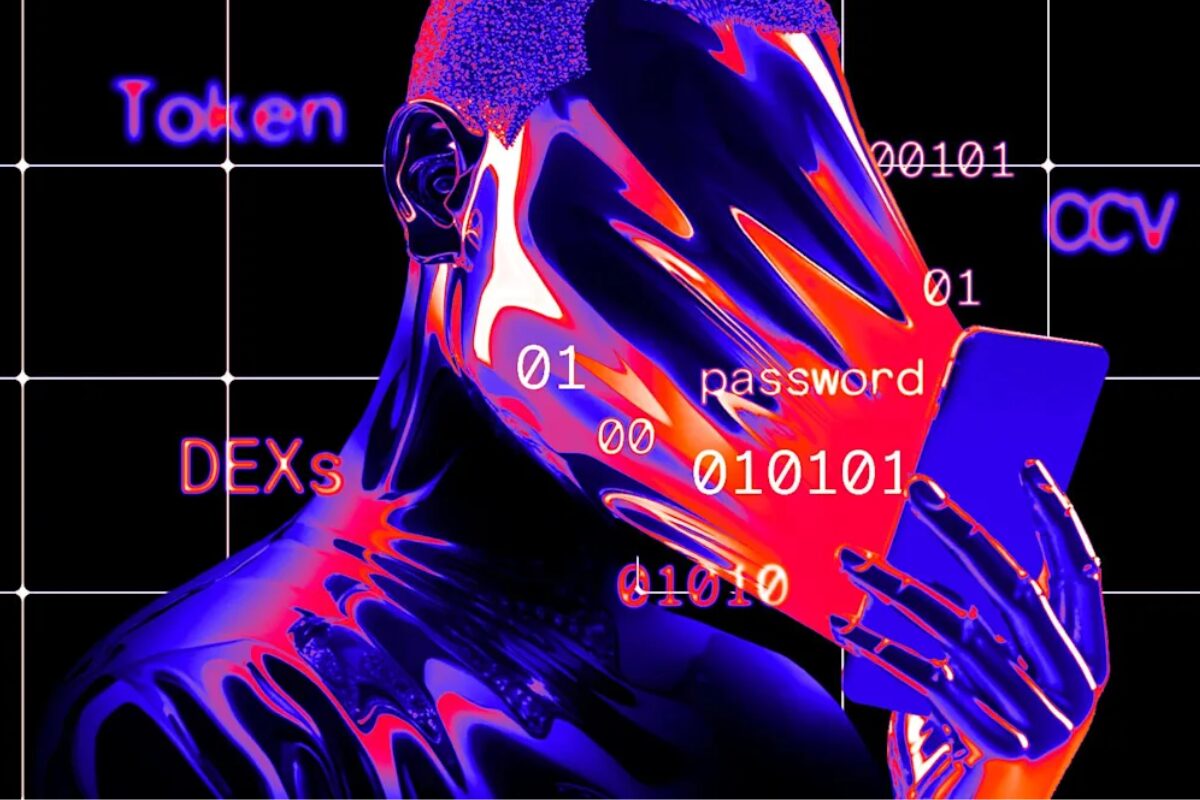Dota2 Live Score Updates : There’s something electric about following a Dota 2 match live — the sudden spikes in gold graphs, the swing of a teamfight, or the shock of a Divine Rapier drop. Dota 2 Live Score Updates make that electricity accessible to everyone, whether you’re watching from a laptop or tracking stats on your phone. These real-time updates have become the connective tissue of the esports scene, linking fans, analysts, and players through one shared, data-driven heartbeat.
Quick Look
The Power of Instant Data in Competitive Dota

Dota 2 has always been about timing — one mistimed BKB can decide an entire tournament. That same sense of immediacy is what makes live tracking essential. Platforms like Hawk.live and DLTV.org refresh match stats in seconds, offering insights such as:
- Gold and XP differences as teamfights unfold.
- Draft phase data — hero bans, counters, and compositions.
- Real-time Roshan and objective timers.
In an era where every second counts, fans no longer wait for post-game recaps. They experience the match as it happens, interpreting numbers the same way players read the minimap.
Technology Behind the Tracking

Every Dota 2 Live Score Update starts deep within Valve’s servers. Game data is streamed through APIs, processed by esports platforms, and turned into interactive dashboards. What looks like a smooth score update is actually a complex system of automated parsing, statistical layering, and user-friendly visualization.
Take Cyberscore.live as an example — it integrates betting odds and live analytics directly into its scoreboard. Meanwhile, EGamersWorld builds contextual data, showing standings and tournament stages side by side with match updates. This blending of data science and design has elevated the entire esports experience.
From Spectators to Participants – Dota2 Live Score Updates

Modern esports audiences no longer just watch Dota 2 — they engage with it. Live trackers allow fans to follow player-specific stats, debate hero choices, and even anticipate team strategies mid-series. This shift has created new types of esports participation:
- Fantasy players use live stats for roster management.
- Analysts rely on timelines for draft trend analysis.
- Viewers track performances across leagues like DreamLeague 27 or CCT Season 2 while discussing them in real time on social platforms.
The result? Dota 2 viewership isn’t passive — it’s interactive, communal, and data-empowered.
Why Live Scores Are the New Esports Storytellers – Dota2 Live Score Updates

Numbers can tell stories if presented right — and that’s what live trackers do best. When fans see a 25–2 kill lead crumble or a 10K gold deficit erased, the drama unfolds without commentary. Platforms like Hawk.live often merge stats with contextual reporting — adding player profiles, team news, and transfer updates directly beside live feeds.
Even emotional storylines, like a roster rebuild or a player redemption arc, find rhythm in live numbers. The combination of factual precision and emotional context makes Dota 2 Live Score Updates one of the most human aspects of modern esports coverage.
Conclusion: The Future of Dota 2’s Real-Time Era – Dota2 Live Score Updates
Dota 2 Live Score Updates have evolved into something bigger than simple stat boards — they’re the digital pulse of esports culture. As technology progresses, expect more personalization, AI-driven predictions, and cross-game dashboards linking Dota 2 with other titles like CS2 or Valorant.
In the end, live tracking isn’t about removing the human side of competition — it’s about amplifying it. Each update, each stat, and each moment connects millions of fans to the same heartbeat of the Dota 2 stage.





